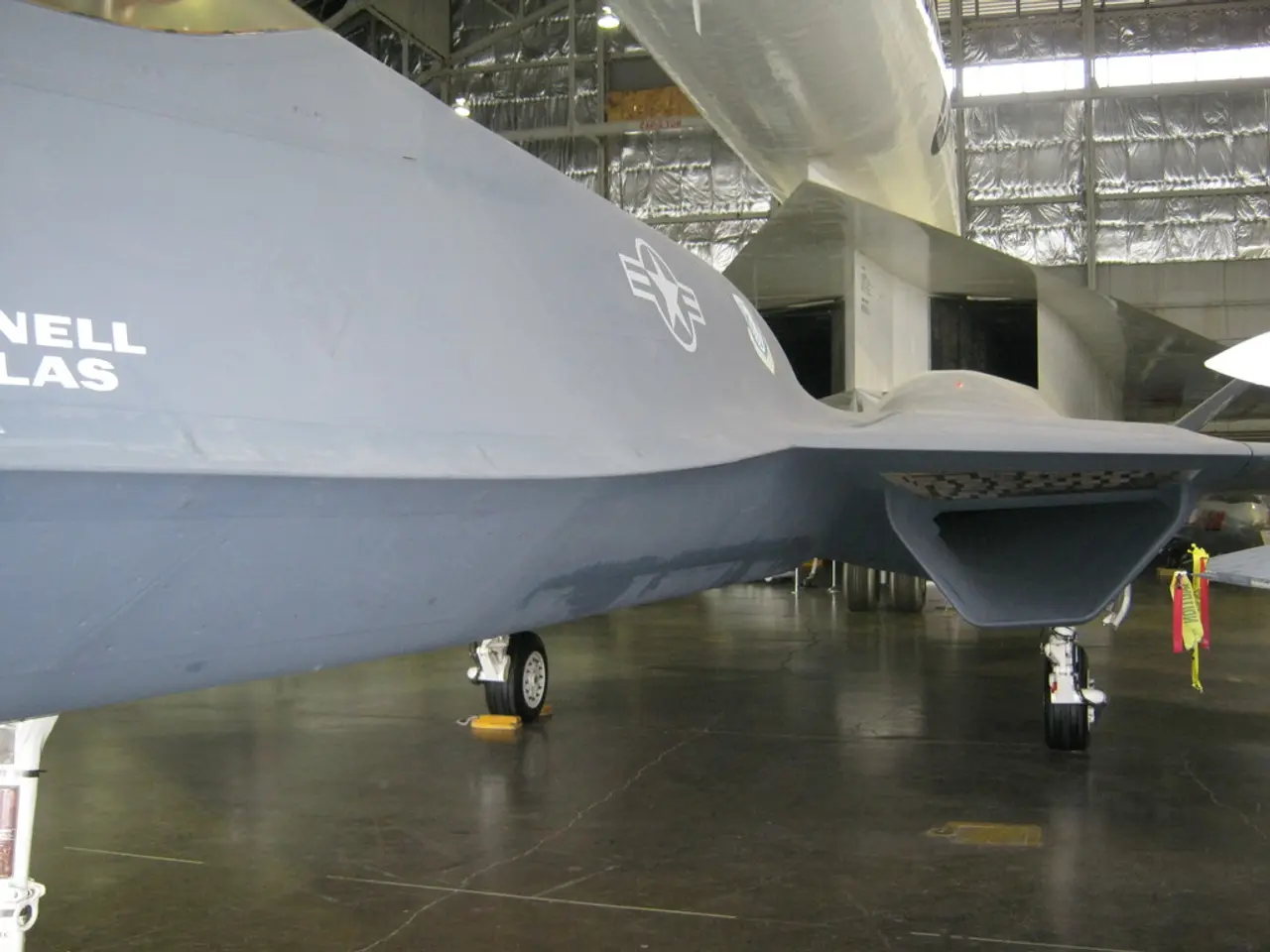Ease your flight anxieties with these practical tips for tranquility in the air
In the realm of air travel, it's common for some individuals to experience nervousness or fear, with statistics indicating that around 15-40% of American adults grapple with such feelings [1]. However, there are numerous evidence-backed methods to help manage flight anxiety and make flying a more enjoyable experience.
One of the most effective strategies is deep breathing. Sitting comfortably, close your eyes and inhale slowly through your nose for a count of four, hold your breath for seven, and exhale slowly through your mouth for eight. Repeat this cycle several times until you feel calmer [2][3]. By practicing this regularly, you'll find it easier to use during flights to reduce anxiety and control your physiological response.
Another technique is the 5-4-3-2-1 grounding method. This involves engaging your five senses to help interrupt anxious thoughts and bring you back to reality. Identify five things you can see, four things you can touch, three things you can hear, two things you can smell, and one thing you can taste [2][3]. This simple exercise helps shift your focus from fear to present experiences.
Making the seat comfortable can also significantly reduce anxiety. Use the overhead air vent or hold a cool water bottle against your wrists to physically cool down, which helps calm your nervous system. Remove extra layers if feeling overheated and bring comfort items such as a neck pillow, blanket, or headphones to make the seating environment more pleasant [2].
Cognitive Behavioral Therapy (CBT) techniques are also beneficial. Challenge irrational fears by reminding yourself that flying is statistically very safe and pilots are trained to handle turbulence and other situations. Use gradual exposure to flying-related situations to build familiarity and reduce fear. Practice positive self-talk such as "I am safe", "This anxiety will pass", or "Turbulence is just like bumps in a road, uncomfortable but not dangerous" [1][2][3].
Other strategies include progressive muscle relaxation, where you tense and relax muscle groups sequentially to reduce physical tension tied to anxiety, and Virtual Reality Exposure Therapy (VRET), which can safely provide exposure and practice coping strategies in a controlled environment [1][3][4].
Remember, commercial aviation is one of the most heavily regulated and safest industries in the world [5]. Sitting near the front of the plane is usually quieter and smoother, and a quick stretch or a stroll to the back of the plane can release tension and reset the body during flight [6].
For additional support, consider booking non-stop flights, practicing flying more frequently, or seeking the help of a therapist who specializes in flying fears [7]. Recognizing the root of your anxiety is the first step in feeling better about flying [8].
During delays, an app from a specific website offers real-time reassurance and help [9]. And remember, weird sounds during flight, such as wheels retracting or cabin pressure adjusting, are normal and part of the process [6].
In conclusion, by combining deep breathing, sensory grounding, comfort adjustments, and cognitive reframing techniques such as CBT and gradual exposure, you can effectively manage flight anxiety and make flying a more comfortable experience.
- Engaging in deep breathing exercises, as recommended by numerous studies, can help reduce flight anxiety, making it easier to cope during flights.
- The 5-4-3-2-1 grounding method, which focuses on engaging the five senses, can be an effective tool for disrupting anxious thoughts and alleviating fear during air travel.
- Making minor adjustments to your in-flight environment, such as cooling down with the air vent or bringing comfort items, can significantly decrease anxiety levels while flying.
- Seeking professional help, like a therapist who specializes in overcoming flying fears, can provide additional support in managing flight anxiety and developing coping strategies.




